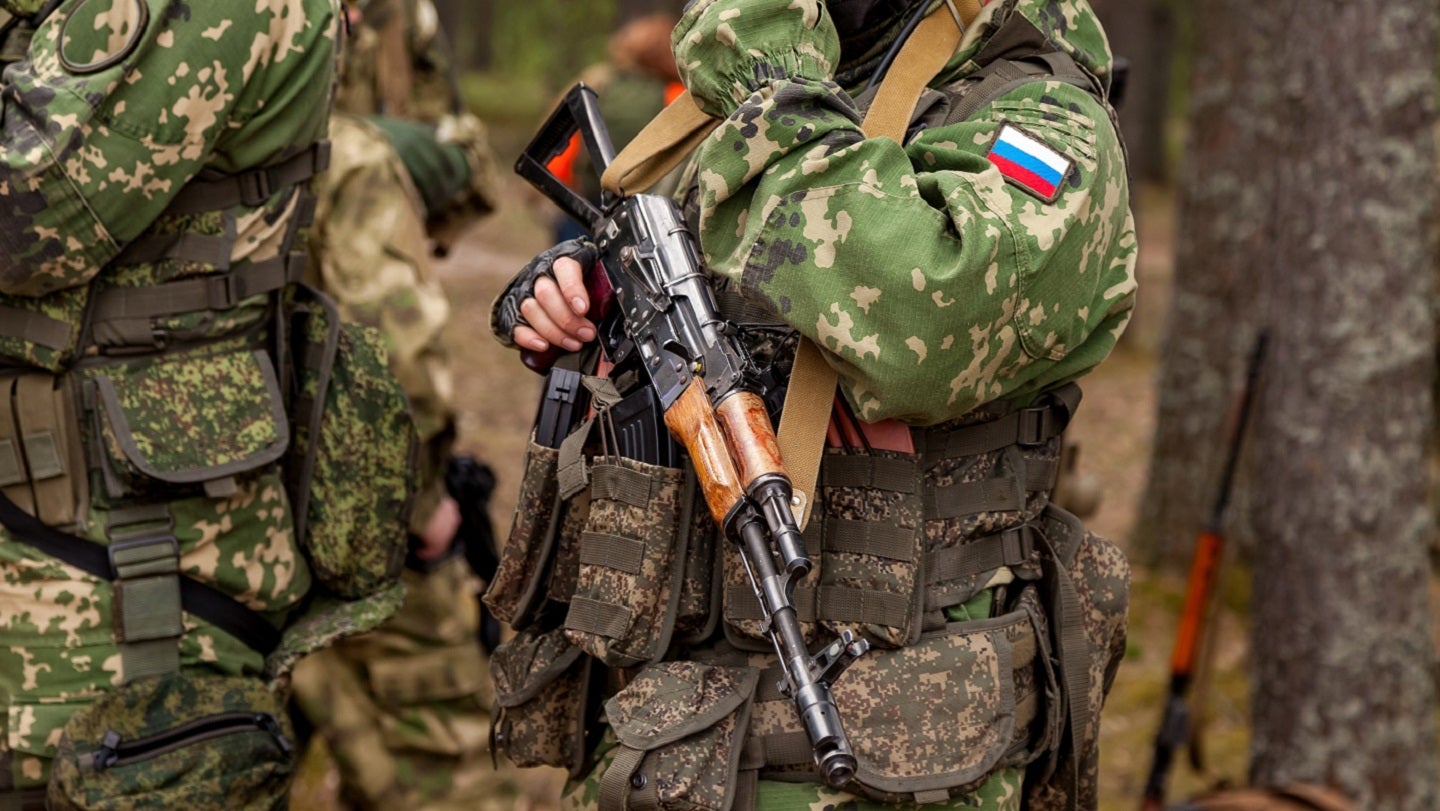With the war in Ukraine entering its second year, the impact of the first year is still being felt by the defence industry. It is a common moniker to say, “This war is the most watched war” and it is true of the war in Ukraine. We have seen in real time from a public point of view how the conflict has evolved. During the first months of the war Russian military was being defeated by small mobile teams of Ukrainian soldiers and volunteers utilising portable anti-tank weapons to halt the invasion, that was initially meant to last three days.
The retreat of Russian forces after taking significant loses gave respite to Ukrainian forces allowing them to regroup and train on the new systems being donated by allied nations. Moving from Summer to Autumn saw Ukraine retake the significant cities of Kherson and Kharkiv, pushing forces to the west of the Dnipro River and holding what is now more or less the current battlelines that have seen fierce fighting over the winter months and conditions that are reminiscent of the western front of WW1. The deluge of Open-source intelligence has led to unprecedented levels of understanding of the conflict, being able to understand the war as if it was already in a history book.
The war can only be seen as a catastrophic failure for Russia. The Russian president, Vladimir Putin has doubled down on previous baseless rhetoric that the invasion was too de-nazify Ukraine and protect Russia. Using his power, he has outlawed any criticism of the conflict that is still rigidly called a “Special Military operation”; with his recent speech on 22nd of February, he continues to blame NATO for the war and continued with the escalatory threats of nuclear weapons. Prior to the war the Russian military was presumed to be world leading, with its 2021 export value being $2.3bn but Ukraine’s defensive actions has exposed significant deficiencies in both their equipment and their military. Chronic corruption within the leadership combined with poorly trained and supplied troops has led to embarrassing failures that have been widely reported, including conscripted troops given rusting WW2 era equipment and costly armored vehicles running out of fuel and being abandoned to be requisitioned into Ukrainian service. It’s latest equipment such as the T-14 Armata MBT and the SU-57 have seen little to no use, for fear that they be damaged or fall into enemy hands. As of time of writing Russia have lost 9393 vehicles.
The war has highlighted how reliant the Russian defense industry has been on the West for vital components for its advanced equipment such as aviation parts and precision guided munitions (PGMs). Work done by UK think tank RUSI, showed that the majority of PGMs included commercially made microchips and electronics. Sanctions have halted exports of these items, leading to Russian factories incapable of manufacturing PGMs. This has led to Russia being reliant of foreign made systems such as the Iranian Shehad-136 Loitering Munition or indiscriminate use of “dumb” munitions such as artillery. But western officials believe that even their capacity to produce artillery shells is waning.
When compared to the western defence industry the lack of access to Russia, apart from energy demands, has had little effect on its production rate. Aircraft manufacturers have had to investigate alternative sources for its Titanium, but Boeing has said that production will not be affected as they are working through contingency plans. The War has however highlighted the deficiencies in defense companies’ ability to rapidly increase production rates. A study in May 2022 by CSIS found that Lockheed Martin and Raytheon, the manufacturers of the man-portable anti-tank Javelin, would need four years to get production levels high enough to replace the systems already used in Ukraine. This is the case with many other systems including the Stinger Missile and the activation of long-term storage MBTs. The US government has made efforts to mitigate these deficiencies by enacting the Defense Production Act, but the speed with which the war is evolving it is unlikely to be enough.
See Also:
The West needs to be prepared to support Ukraine for the foreseeable future and there is no end short of a full reclamation of annexed land that would be acceptable to the Ukrainian people. The UK along with other European nations have made extensive commitments to continuing support and public opinion is very much in favour of providing military aid. Nevertheless, it is the support of the US that is critical to the defense of Ukraine. Its volatile and polarising political environment could see support for Ukraine withdrawn if right-wing scepticism becomes more mainstream. Western defense companies have seen record profits in 2022, these profits need to be reinvested into their supply chain to ensure that lead times of vital equipment can reduced.
How well do you really know your competitors?
Access the most comprehensive Company Profiles on the market, powered by GlobalData. Save hours of research. Gain competitive edge.

Thank you!
Your download email will arrive shortly
Not ready to buy yet? Download a free sample
We are confident about the unique quality of our Company Profiles. However, we want you to make the most beneficial decision for your business, so we offer a free sample that you can download by submitting the below form
By GlobalData










Related Company Profiles
The Boeing Co
Lockheed Martin Corp